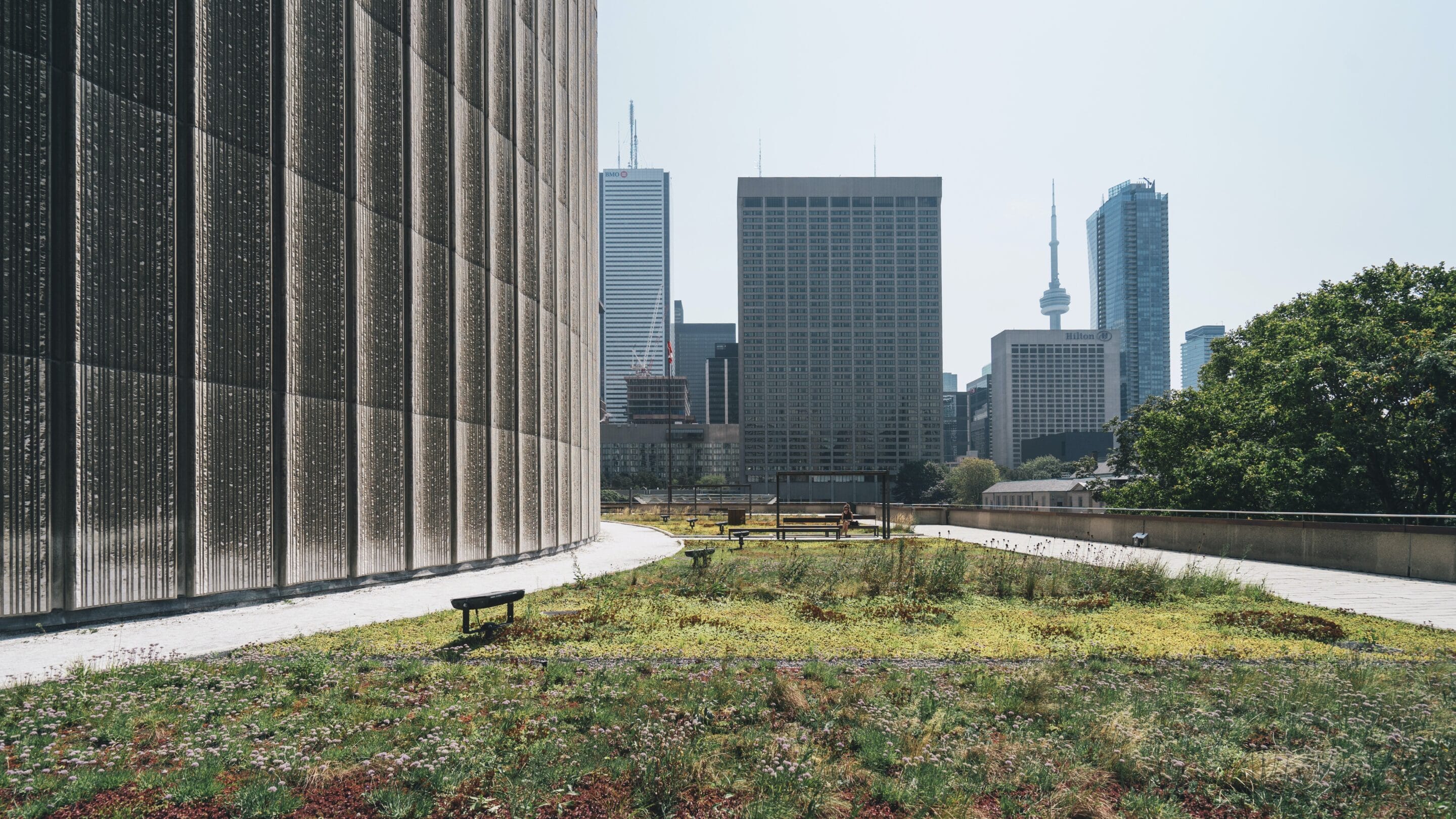What is the Triple Bottom Line Concept and How Can Green Infrastructure Play a Role?
The Triple Bottom Line concept is a framework of what a sustainable society would emphasize meant to encourage businesses to consider their social, environmental and financial performance to drive increased commitment to sustainability. Making investments in green infrastructure is one of the top ways that businesses can address the 3P’s of the Triple Bottom Line – People, Planet and Profits.
Dreamed up by sustainability pioneer and environmentalist John Elkington in 1994, the “Triple Bottom Line” is an overarching belief that there should be more to success in business than just pure profits. Elkington’s set of principles are centered on the belief that a corporation or business should not measure success solely on the strength of their financials. According to Elkington’s new approach to corporate governance, financial, environmental and social metrics should be built into a company’s accounting system.
In the nearly three decades since Elkington introduced his ideas to the business community, there has been widespread buy-in by many of the largest corporations in the world and non-profits alike. There is no shortage of enthusiasm across all sectors of the global economy to get on board and commit to do what it takes to build a more sustainable future for the health of the planet. Boiled down to its core, the Triple Bottom Line is based on the principle that the impact to people and the environment as a byproduct of doing business should weight just as heavily into accounting and reporting metrics.
The Three ‘P’s of Sustainability
Let’s break down the 3P’s of the Triple Bottom Line – people, planet and profits
- People: What are the positive benefits and impacts of your business on your employees and their families? How does your business add value to its surrounding community and the people that live there? This is the measure of the way your business impacts every person that interacts with it. For example – a new restaurant in a small town could provide significant value to the community by creating jobs, a social gathering space and demand for food from local farmers.
- Planet: Is your business doing its part to keep our planet’s water and air clean? Are you spewing carbon dioxide or other greenhouse gases into the air? How much water are you using? Are you doing anything to offset the negative impacts of your operations on the environment? For example, an intensive chemical manufacturing plant could seek to counteract their emissions by reducing their energy consumption by installing a solar farm, installing rain gardens and green infrastructure to limit runoff pollution and planting trees.
- Profit: Unfortunately, profit is often placed above people and planet in the grand scheme of things. It is important to generate a profit and contribute to the growth of the economy at the local, state and federal level, but the 3BL was created with more in mind.
Because maintaining a high level of profitability has the foremost focus of even the most aggressive adopters of the 3BL at the corporate level, Elkington is advocating for changes to his initial framework. Prosperity will replace profit in the revamped 3BL. Through this change, Elkington hopes to push businesses to focus more on a net accounting of their positive and negative impacts on the economy, environment and community, so that all are viewed on equal footing.
Interest in adopting the principles of the 3BL and committing to sustainability at a corporate level remains high. The know-how to implement sustainable practices or assess the “profitability” of green infrastructure projects is lacking within many companies who might have an enthusiasm or interest in the movement. This is where Rainplan can help.
What Does Sustain Mean
Founded with a mission to help further the adoption of green infrastructure for stormwater management, Rainplan’s role is helping businesses, developers and property owners wade through the often-confusing world of federal funding and government incentives for green projects. Funding is available to install many of the green infrastructure features that our clients are interested in, but tapping it can be confusing. Rainplan makes it possible to quickly secure funding, make a match with contractors, complete construction and start realizing the benefits of green infrastructure adoption.
Rainplan aims to be a part of the solution by acting as a central clearing house for stormwater greening projects. We help property owners and developers understand the incentives that are available to them and gain access to funding. Then, we work with contractors and engineers to bring the project to completion. All of the funding and work flows through Rainplan’s platform, ensuring that owners who want to go green get the best prices.
Green infrastructure projects have a huge bearing on a company’s Triple Bottom Line, especially when they are given a boost with government funding. The economic, social and environmental impacts of green infrastructure projects like green roofs, rain gardens, pervious pavers, tree planting and streetscapes are huge. We can start with the economic impacts, because at the end of the day, that’s what will get the most attention from the C-suite.
Green roofs can lower heating and cooling costs and save over $200,000 over a 40-year lifespan. On the environmental front, green roofs help with stormwater management by reducing runoff. A green roof can retain as much as 80% of rainfall, compared to under 25% for a standard roof. Green roofs also improve air quality and reduce greenhouse gas emissions. For social impacts, a well-designed green roof can become an outdoor gathering area for workers and neighbors.
Stormwater Management Strategies
Green roofs aren’t the only stormwater management strategies that can have an outsized impact on the 3BL. It has been proven that the presence of more green spaces can improve a community’s mental health and even reduce violent crime – it makes sense. Humans are wired to enjoy being in the outdoors and breathing fresh air. If that’s not enough reason to consider adding a large rain garden or urban forest to your development or business, there’s this – rental rates go up by as much as 7% with high-end landscaping and greening. Meanwhile, customers have been shown to be more willing to open their wallets at retail centers with tree cover and urban greenery.
Green infrastructure very clearly has a large impact to the three p’s of the Triple Bottom Line, and investment is a no-brainer for businesses looking to place an emphasis on sustainability. Stormwater greening projects can lead to a sizeable reduction in energy or water treatment costs, create beautiful, livable spaces for the community to gather and help to reduce water and air pollution.
At Rainplan, we are committed to helping our customers and clients follow through on their commitment to help make the world a cleaner, greener place. Our team is excited about the opportunities to work with the business community to realize the benefits of green infrastructure on multiple fronts and reach their profit goals within the Triple Bottom Line framework.





